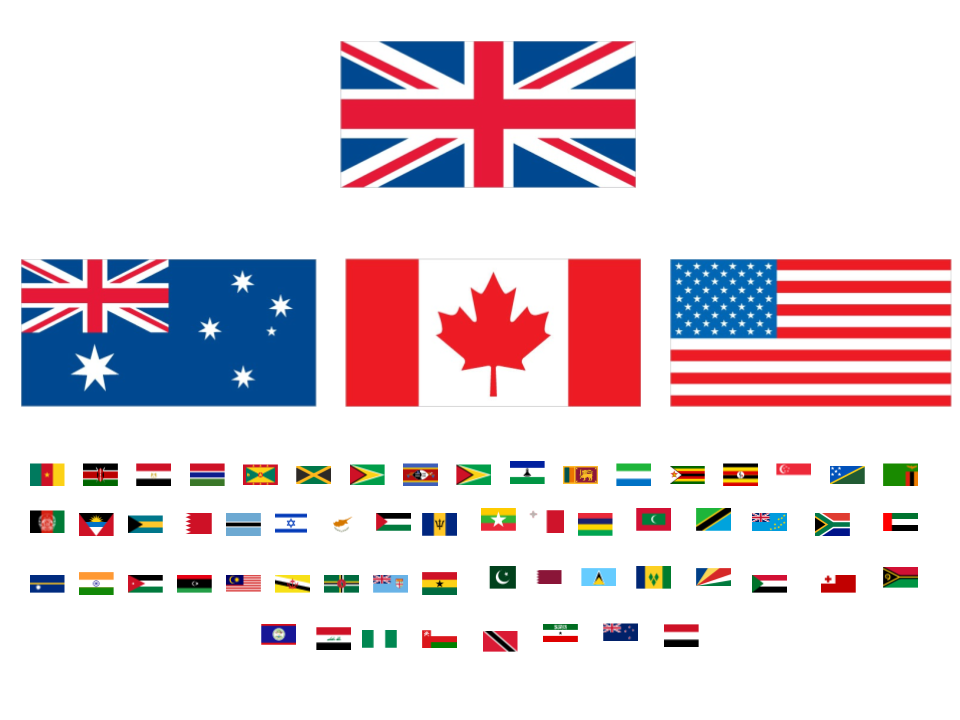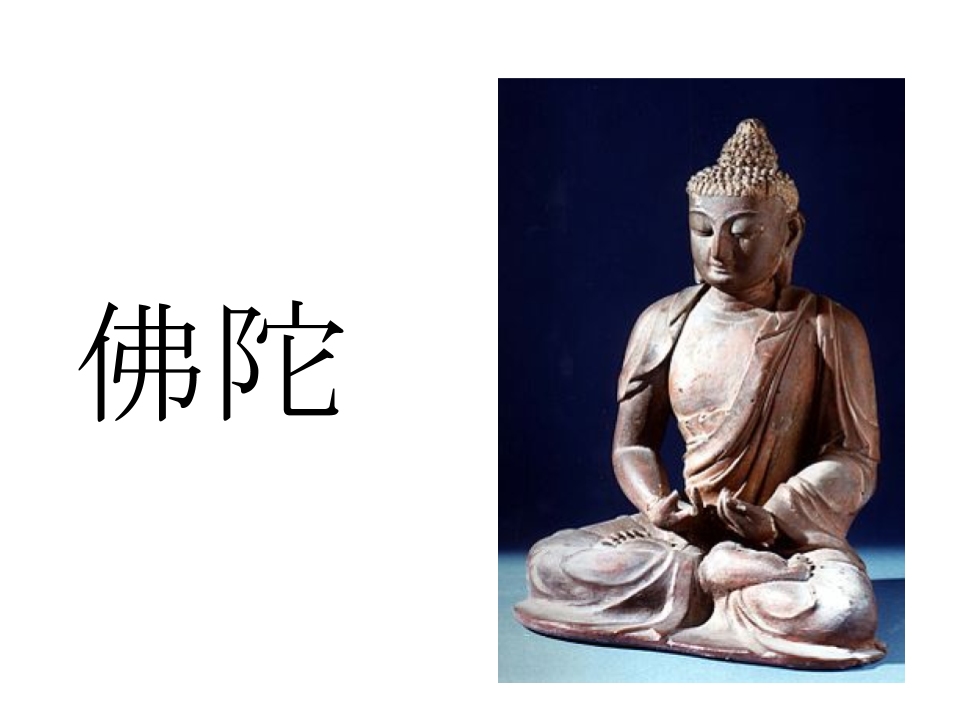As a followup to our class discussion, I attempt another provisional proposal of text as:
“a preserved or remembered piece of human language”
(My apologies for the raw and unstructured bullet points.)
- “Preserved” also encompasses a piece of human language that is merely rememberable or remembered.
- Texts are reducible to symbols (as described by Bianca’s expansion of semiotics and signs) that are predominantly but not exclusively mediated linguistically, i.e. communication facilitated by the larynx, the tongue, and the inner ear, as opposed to predominantly mediated visually with the eyes, and which have a linguistic grammar (morphology and syntax).
- Visual media (which is increasingly audiovisual), while sharing symbolic foundations with text, operate through a non-linguistic symbolic grammar and are not text.
- While imagery may not be, in and of itself, text, it would seem that all symbols and signs maintain a context which carries the possibility for narrative and some degree of textuality.
- Class discussion exists as a text as long as we remember the class as a piece of human (linguistic) language. Conversely, a piece of human (linguistic) language that is not remembered (and only momentarily interpreted) is not a “meaningful” text, but may be an “ephemeral” text. This is not to say that ephemerality is not meaningful. It is simply to say that the transitory nature of communication and attention assigns meaningfulness to a ratio of signal vs. noise.
- If any piece of language is remembered in the unconscious, pieces of language in the unconscious may become “conscious” text when they re-enter consciousness.
- Texts encompass:
- Any linguistically constructed (and linguistically interpreted) symbols before the advent of oral literature.
- Any oral literatures, such as Vedic chants and homeric hymns before the advent of writing.
- Akkadian cuneiform tablets of non-narrative numerical accounting.
- Undeciphered scripts of pictograms, logograms, and ideograms such as perhaps the scripts of the Harappa and Mohenjo-daro cultures. As undeciphered scripts are deciphered the degree of textuality and linguistic interpretability increases.
- The characteristic of being remembered (or preserved) bestows the possibility of some form of consideration however slight or however involved. It is this possibility of consideration, interpretation, or mental (or computerized) processing that brings a piece of (linguistic) language into being as a “meaningful” or “ephemeral” text.
- Is a linguistic utterance momentarily a text during the instantaneous act of interpretation? The answer must by yes. Ephemeral texts are constantly and instantaneously coming into being and out of being as we communicate. What is “ephemeral” may at any moment become “meaningful” depending on the extent of consideration.
- If human (linguistic) language is implicated in the existential mess (in relation to the untold worlds of unnecessary suffering and enforced trauma), is it not reasonable to assume that human (linguistic) language (especially as text) holds the potential to help us find a way out? Following Kevin’s remarks on the implications of text in erasures and oppressions, text and visual media carry the afterglow of the misuse of human tools, which are in and of themselves neither harmful nor harmless.
- Visual Imagery not constructed or interpreted linguistically is not text.
- To the extent that non-representational art may exist, non-representational art is not, in and of itself text.
Are the following artifacts:
1. Text or Not Text (binary)?
2. Maintain degrees of textuality (non-binary)?
(in the sense of either the representational recordings or in the sense of the actual communication going on)
Can a specific set and hierarchy of symbols (of an empire) be considered a text?

Can both a logogram or an image of the Buddha be considered a text?

Can the communication going on between ants be considered text?

Can the communication that goes on between a human and an animal be considered a text?




